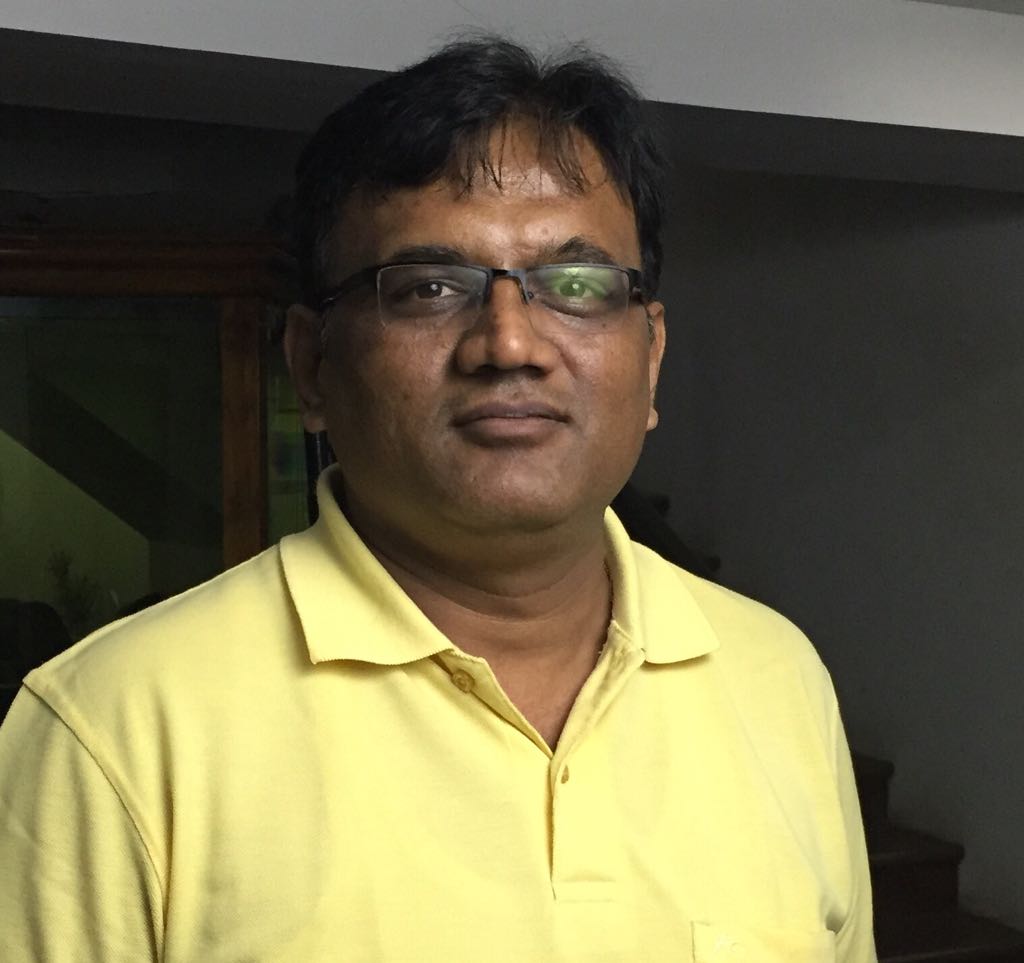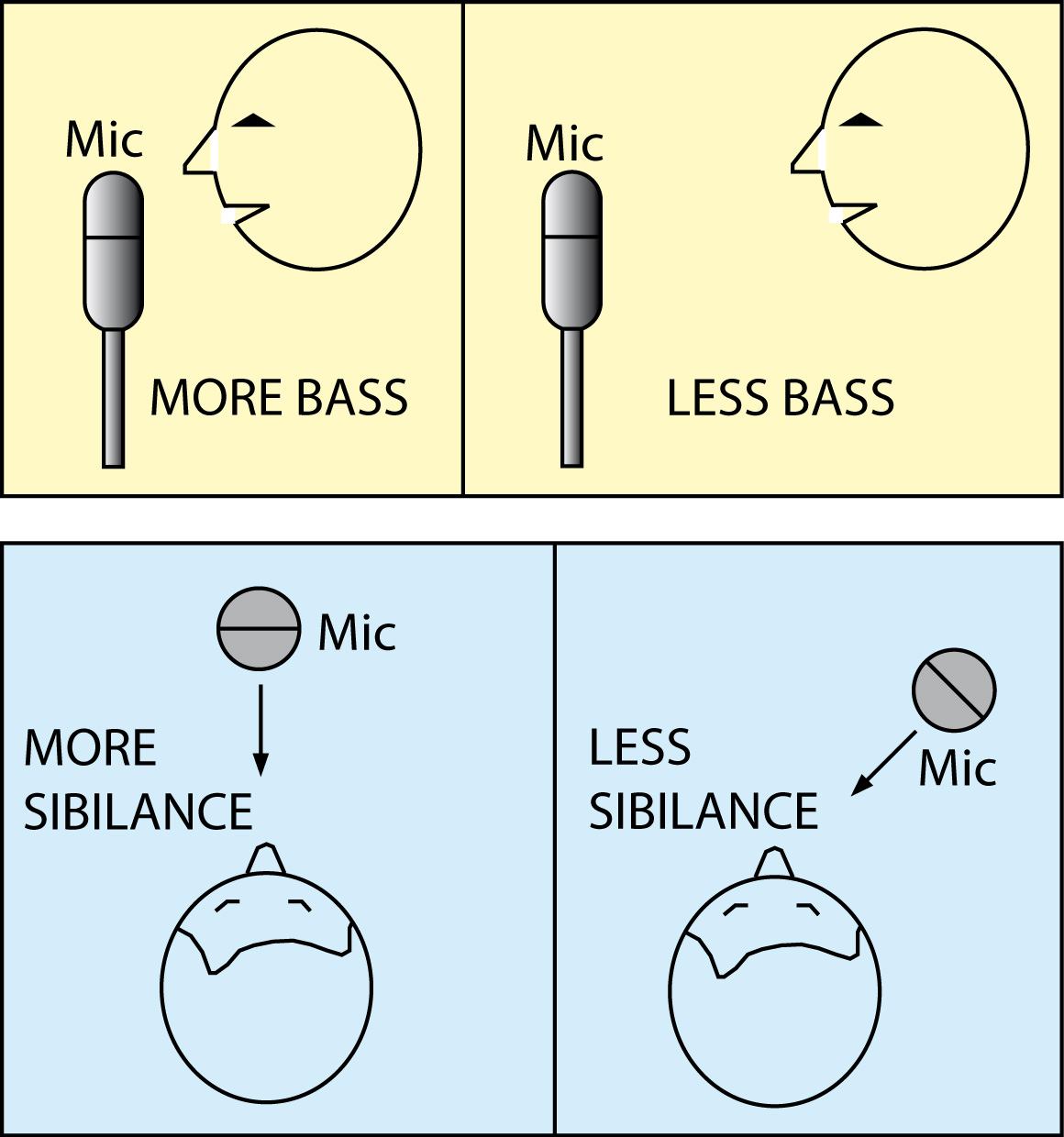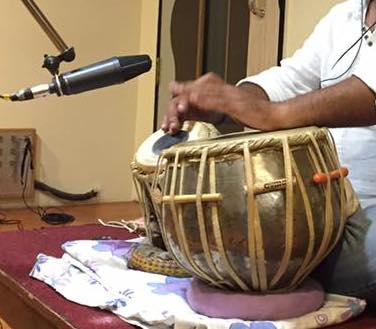Pramod Chandorkar - Founder, SoundideaZ Academy

Chandorkar offers expert tips on achieving a good recording with details about room dynamics, good microphones and their placement, and more.
In this age of Sound engineering, is the art of recording still alive? I had an opportunity to discuss the same with
my contemporary engineers and seniors recently. It was a very relevant topic, which I thought could be discussed
here.
Actually other than vocals hardly any instrument is recorded in today’s time. This applies to the most released popular
music in India. As far as the recording art is concerned, its still kept alive by the Bands, Classical Music and
other private non-film Music.
I cherish those memories when I used to record live instruments every day. Those were the days when I got to practice
the art of recording. Microphone placement plays a major role in getting a good recording. My Guruji taught me “when
you are recording you are actually capturing a precious time of the performance of an artist”. These words are
engraved in my mind.
An important aspect for a good recording is the ‘Room’. The sound of the room plays a very important role in getting
a good recording. Despite using the most state-of-the-art equipment, if the room is not acoustically right, the
recording will never come right. In today’s time where space is so expensive, the size of the studio has been
curtailed to a small room. Can we actually get a good recording out of these small rooms? Yes we can get a good
recording out of these rooms as long as we understand the role of the room in a good recording. Different strategies
need to be applied for recording different sounds.
Vocal recording

While recording solo vocals, ‘Distance’ is one factor, partly because of the proximity effect of the cardioid microphones
typically used for vocal recording. A Mic further away from the singer picks up a more natural representation of their
head and chest resonances. Close proximity to microphone will enhance the Lip noise; Esses & pop Sounds. Higher
frequencies tend to beam slightly downwards from the nose and mouth, so positions below the nose will tend to be
brighter than those above. Some consonants, such as ‘S’ and ‘P’ sounds, tend to be worst directly on axis vertically.
When a microphone diaphragm is placed right in front of the lips or little below, the sound captured will be brighter
in nature. If the microphone diaphragm is placed a little higher in line of the nose, the head resonance is captured.
Depending on the performer the placement should be decided. The horizontal plane is a bit more of an unknown quantity,
as it seems to me to vary more from singer to singer and many vocalists sing asymmetrically too, so the best thing to
do is experiment, if you have the time. When you’re moving the Mic around, you need to make sure that the singer doesn’t
follow it with their head position and posture; otherwise they’ll counteract the expected effect. The easiest way to
prevent this is to set up the pop shield and have the singers locate themselves accordingly, rather than according to
the Mic. Putting lyric sheets in a sensible location can also do a lot to direct the singer’s attention in the desired
direction irrespective of Mic position.
Changing the angle of the Mic in any given position will also change the sound, especially if you’ve followed the norm
of using a large diaphragm cardioid condenser Mic. Even the best large diaphragm cardioid mics deliver an altered
frequency response off axis, which usually means less sensitivity to the high end of the spectrum, and in principle
you could, indeed, use this to soften backing vocals.
Backing Vocals Or Chorus Recording

Recording multiple singers for a Chorus section has been a very important part of Indian film music. Using an Omni
directional Condenser Microphone at a distance of 2-3 feet will give Impressive results. In the case where the section
is singing an high octave part and are large in numbers the distance from the microphone can go up to 4-5 feet. This
technique will deliver a good balanced Round sound. This technique will also capture the room sound to give the bigness
of the section. For low octave or soft sections the distance can be reduced to 1-2 feet. Using different polar patterns
as figure of 8 and spreading out the vocal section in such a way that bright vocalist can be off axis and softer ones
on axis also improves the overall sound. The decision to apply the Mic technique also depends on the musical part being
performed.
AKG 414, Neumann U 87 is widely used for these recordings.
Indian Percussion (Dholak & Tabla)
Indian Percussions have a very large range in terms of loudness and timber. They are played with sticks as well as hands.
We will differentiate them with their characteristics. Hand played percussion’s include the following
Dholak, Tabla, Dholki, Pakhawaj, Mridungam, Khol. The mentioned instruments are not very loud in nature. However, when
played loud, these instruments sound different. When we Mic these instruments, the style of playing or the genre in
which they will be used is important to know in order to make a decision on how to Mic them. These instruments are
also played solo or in an ensemble where you can have group of percussion’s playing together. The micking for such
ensembles will be different than that of a solo performance.
Solo Micking
Shure SM58 & 57 is a very widely used dynamic microphone for these percussions. They should be placed 6-8” away from
the source and pointing towards the center of the Instrument face. There have been a lot of instances where its
debated weather to use one microphone for a Tabla or two!! Tabla consists of two individual parts a ‘Chati’ and a
‘Baya’. These are placed next to each other and the sound source is very much in the center. Ideal placement is one
microphone in the center of both, the distance being 6-8”. The ‘Baya’ generates low mids and lows, where as ‘Chati’
generates hi mids and Mids. One SM 58 can very well capture them both or even a Neumann U 87 (Condenser Mic). In case
of the later the distance can be 1 feet. Now based on the style of playing, you should ensure that the transients are
not too loud and will be well captured by the microphone without getting overloading and saturation. A condenser
microphone will give u a very clean character with pristine top end; if the distance is right you can capture the
transients very nicely.
A Dholak also can be captured well with Shure Sm 58 & 57. Here the sound sources are exactly opposite to each other
and you need 2 microphones. The distance has to be 6-8 “ apart. Generally a dynamic Mic is preferred than the condenser
for recording a Dholak or the rest of the above-mentioned instruments other than the Tabla.
Ensemble or sections of Dholak
When recording sections of these percussions doing a collective micking to the section will deliver better results
than doing individual micking. This will capture a room tone and a good ambience sound, which makes it sound bigger.
Close micking or spot micking will not give a big sound. Some engineers nicely blend the spot mics with room mics.
A thorough knowledge of Phase is required when you use multiple microphones for the sections.
In this technology dominated world of sound lets not forget the fundamentals of good recordings. An Acoustically
designed room; good Microphones, Proper Knowledge of Mic Placement, Decent or good recording equipment’s only will
lead to a good recording and a great Mix.
To Be continued..